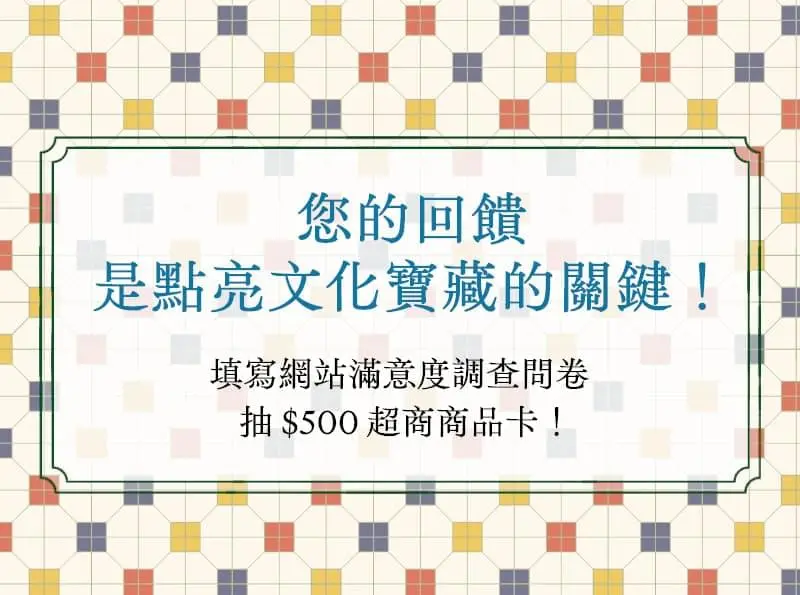壽山巖觀音寺腹地寬廣且風景秀麗,據傳乾隆7年(1742)順寂法師向普陀山恭請觀音佛祖神像來臺,行經現址時,因菩薩顯靈而安奉神像於樹下;乾隆28年(1763)由信士張志榮闢建為「三草庵」。乾隆58年(1793)福建水師提督兼臺灣總兵哈當阿來臺綏靖盜患,經此庵時許願建寺,戡平盜亂後,即召集地方人士籌建本寺,至嘉慶2年(1797)完成,名為「壽山巖」;哈總兵所題「慈航廣濟」匾額如今猶存,見證了這段歷史。
壽山巖觀音寺之建築群目前大致可分為前方的觀音殿與後方增建的凌霄寶殿。前者屬古蹟指定範圍,重建於大正4 年(1915),為名師陳應彬作品,並於民國52年(1963)年重修,增建左右鐘鼓樓、山門與東西廳等,形成二進深、面寬九開間規模,其各式雕刻裝飾均頗具水準。
寺內雕飾可分為木雕、石雕、彩繪、剪黏泥塑等,木雕與彩繪多集中在三川門與正殿的主軸上,石雕則集中於三川門,泥塑主要表現於屋面。屋頂剪黏及交趾陶為1960年代重修時名匠陳天乞所作,現存部分交趾陶仍為原作,甚是難得。石雕及木雕均做工考究,造形優美,前檐廊的蟠龍石柱以觀音石雕成,呈「弓」字彎曲的龍身,不在柱的正面而是在內側為其特色。
自創建以來,壽山巖觀音寺已成為桃園重要的宗教信仰中心,從建築的格局與強調中軸線的配置,都顯現其恢弘的氣勢,在宗教、歷史、文化、藝術各面向均具價值。

.jpg)
.jpg)
.jpg)








